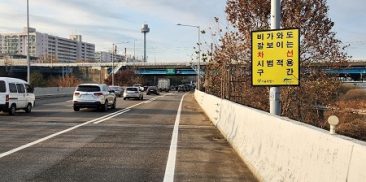首爾文化遺產
-
Hyehwa Catholic Church: The Origin of Modern Church Architecture in Korea
-
首爾文化遺產 報名日期作者SMG 观看次数1,681Located a short distance from Daehak-ro, Seoul’s street of youth and culture, the Hyehwa-dong Rotary area is called the “home of faith” by Korean Catholics, as it is home to the Catholic University of Korea, the first Korean seminary, Dongsung High School (which is a Catholic institution), and Hyehwa Catholic Church, the central Catholic church in northern Seoul. Hyehwa Catholic Church is the third church in Korea to be consecrated, following Myeongdong Catholic Church and Yakhyeon Catholic Church. After the Order of Saint Benedict left the Hyehwa-dong area, it was replaced by the current church in 1927. However, with the growth of its congregation following the Korean War, the 1,400-square-foot church needed to be expanded. The new church was built by Chang Bal (Thomas Chang), a pioneer of Catholic art and the younger brother of Prime Minister Chang Myun (John Myun Chang). At the time, he was the dean of the School of Art at Seoul National University. The architect of the church was Lee Hui-tae, who also designed Jeoldusan Catholic Church. In the spring of 1960, Hyehwa Catholic Church was completed, built in an architectural style that was unprecedented at the time. Instead of the gothic cruciform structure that was popular at the time, the cathedral was built as one large integrated space. With a simple cubic design, the church went on to become a space for the general public rather than an authoritative religious institution.
Like It
159 人喜歡此頁






